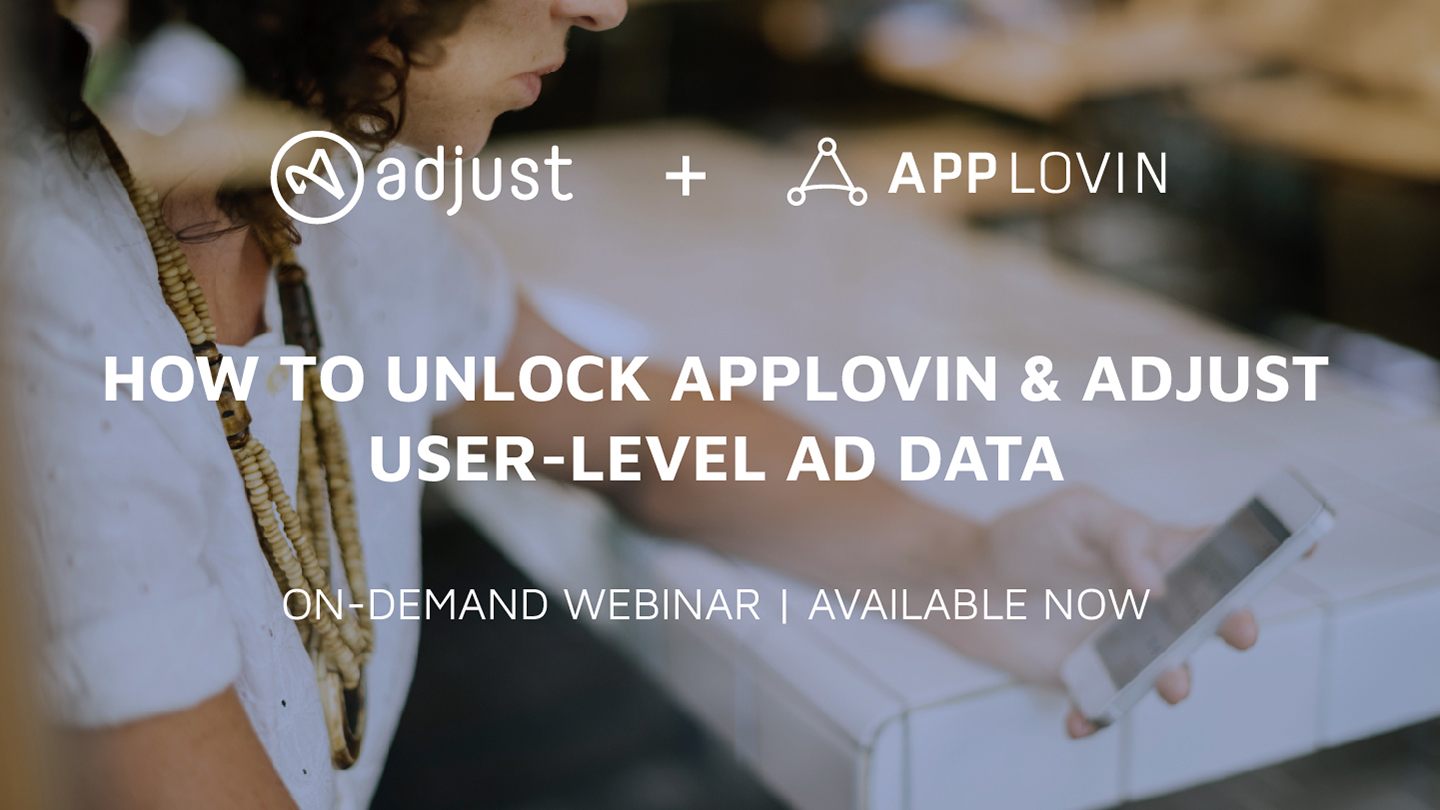Monetization, User Acquisition
‘It’s Been a Game Changer’: How Beresnev Games Improved Profits and ROAS Through User-Level Ad Data
Aug 5, 2020

Monetization, User Acquisition

In a recent webinar, AppLovin partnered with Adjust and spoke with Sergey Tsondinov, head of marketing at Beresnev Games. AppLovin’s managing director, Daniel Tchernahovsky spoke with Sergey and discussed how the Prague-based studio takes advantage of user-level data for two of their titles, Flippy Knife and Gallery Coloring Book.
The problem: Beresnev Games needed to strike a balance of serving ads to different user segments.
“We didn’t want to push ads in Gallery Coloring Book because, for example, interstitials can really harm retention rates. It’s very important for us to keep our paying users, so we turn off interstitials for them. With Flippy Knife, it’s the opposite. Ninety to 99 percent of revenue is generated through ads.”
Before user-level ad revenue was visible, ad revenue was aggregated at the network level. This meant devs weren’t given a lot of insight into which users were generating the most value. It assumed all users were equal in the amount of ad revenue that was generated. It basically lumped everyone together.
If you’re not looking at your ad data from a user-level, you’re not getting an accurate picture of which players are engaged and driving the most revenue. Not getting this data may mean you’re guessing your way through your ad strategy.
Beresnev Games used MAX to optimize their user acquisition strategy by leveraging MAX user-level data in Adjust to gain more visibility into which sources were driving the most revenue
Getting more granular meant Sergey’s team could create a proper strategy and drive more engagement, improve user LTV (lifetime value) and ROAS (return on ad spend). “This visibility into user-level ad revenue for each impression to optimize towards true ROAS was definitely a game-changer.”
Accurately measuring a return on investment is one of the most effective ways to know if you’re spending your budget in the best way possible. For example, you’d be able to see which campaigns are driving high, valuable users so you can reinvest your budgets accordingly.
You can then take this information and calculate the revenue per user and build accurate LTV models.
“Adjust dashboard features are extremely important. This is especially important for teams that don’t have data engineers or analysts to pull raw data, upload it to their own server, repair reports and calculate all metrics they need,” Sergey explained.
The Adjust dashboard allows users to link to their MAX by AppLovin account. Sergey said the activation process was simple and fast. Afterward, he was able to see three KPIs:
He explained, “Seeing these KPIs helped our team to better understand true LTV and identify opportunities.”
Customer lifetime value is a vital measurement for understanding your ROI. This metric tells you what the average customer will spend over their lifetime so you can understand their overall value.
There are several ways devs can utilize A/B with ads, such as:
The A/B testing feature is powered by real-time analytics to drive continuous revenue growth for each user.
Through A/B testing, Sergey was able to understand the value of a new ad and the impact it had on user segments. “For example, for paying users, we found that rewarded videos had no negative impact on retention rates.”
In thinking through your entire ad strategy to grow your business and retain customers, use A/B testing to identify what isn’t working or performed lower than expected. Then, take actionable steps to improve and best allocate your budget and time.
“Now that we can see the ROI for each ad we launched, it’s much easier to calculate our future ad spends.”
Sergey’s team can feel confident about how to allocate their budget effectively so they can spend more time and energy updating their games and launching new ones.